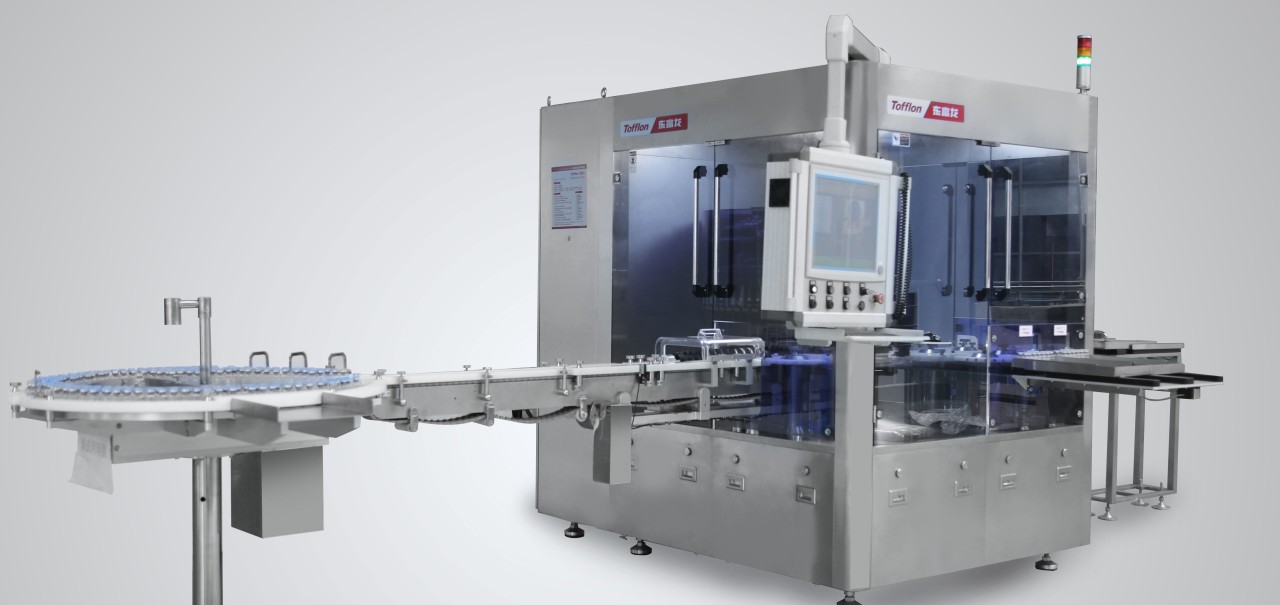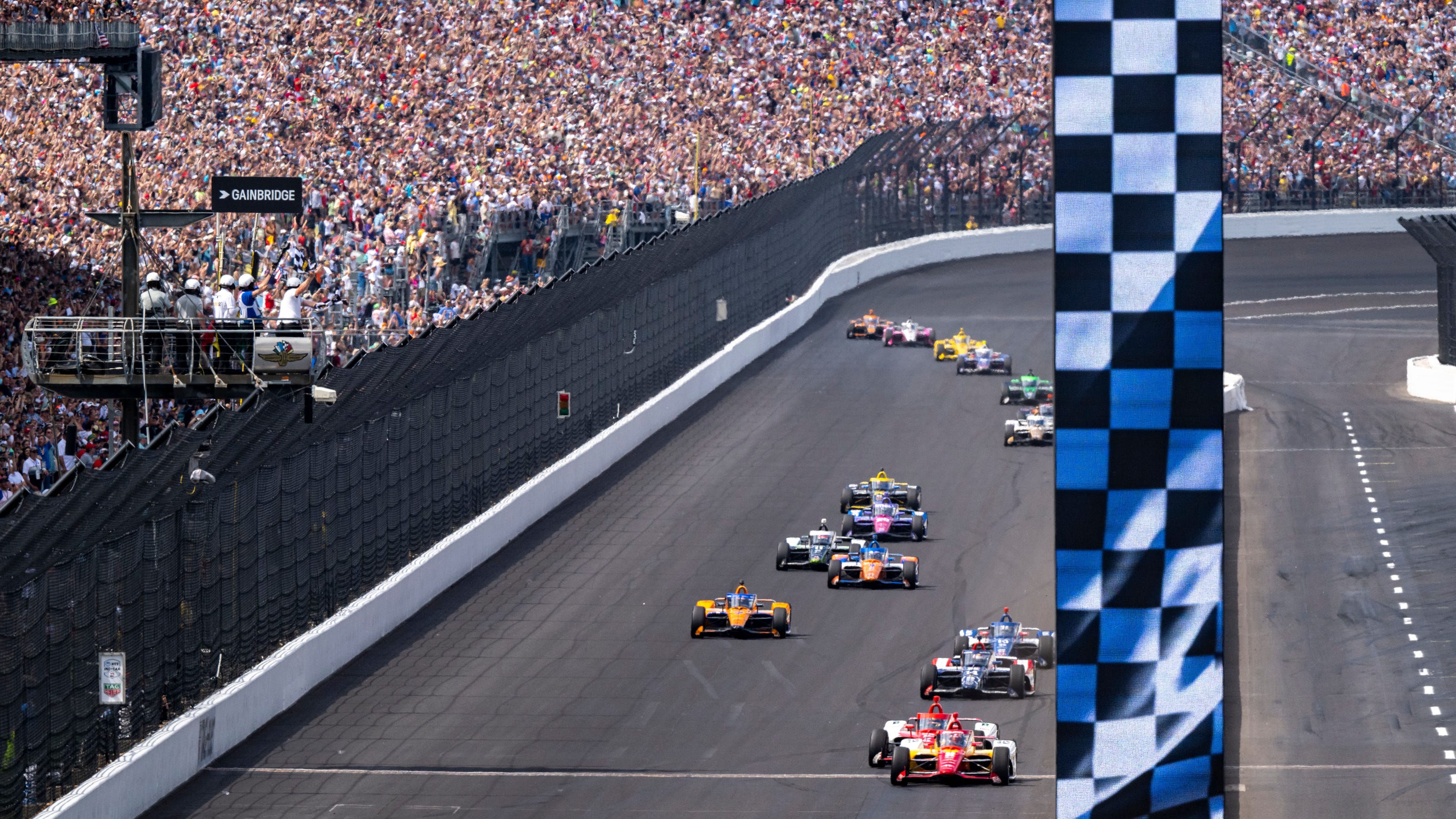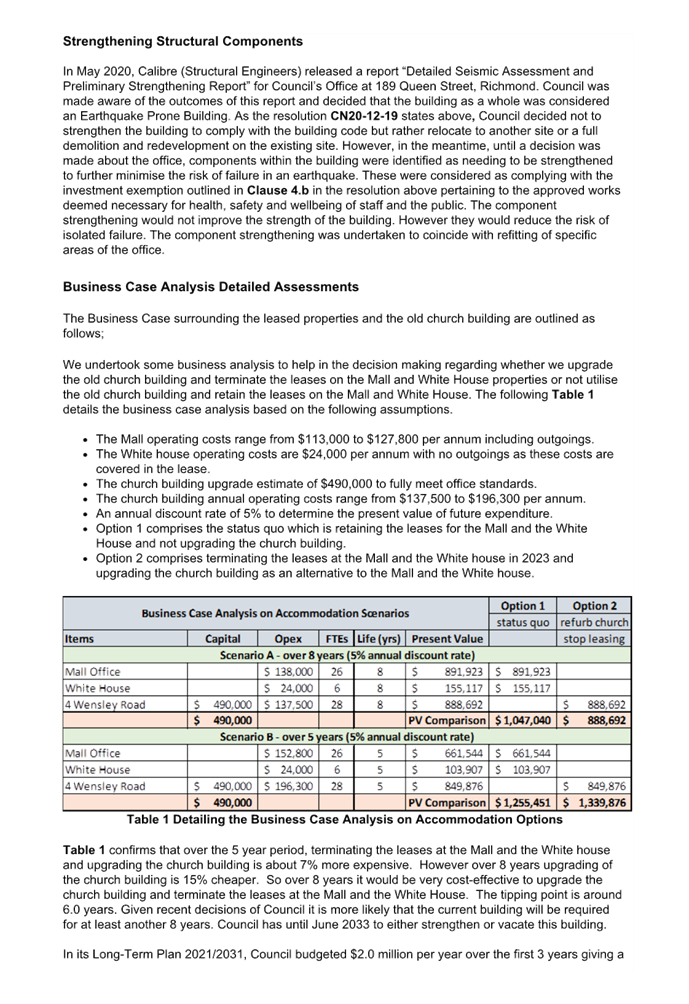Improving The Accuracy Of Automated Lyophilized Vial Inspection

Table of Contents
Advanced Imaging Techniques for Enhanced Detection
The core of accurate automated lyophilized vial inspection lies in the sophistication of its imaging capabilities. Advanced imaging techniques offer significant improvements over traditional methods.
High-Resolution Vision Systems
High-resolution vision systems, equipped with advanced image processing algorithms, are critical for identifying even subtle defects in lyophilized vials. These systems use higher megapixel cameras and sophisticated software to analyze images with greater detail.
- Increased sensitivity to cracks: High resolution allows for the detection of hairline cracks often missed by lower-resolution systems.
- Improved detection of particulate matter: Smaller particles and foreign debris are easily identified, ensuring product purity.
- Accurate fill level assessment: Precise measurement of the lyophilized cake height ensures consistent dosage.
- Improved accuracy in identifying variations in stopper placement: Detects even minor inconsistencies in stopper position, preventing potential leaks.
- Reduced false positives: Advanced algorithms minimize misidentification of harmless variations as defects.
Examples of technologies include high-resolution CMOS and CCD cameras paired with machine vision software utilizing algorithms like edge detection and pattern matching.
Hyperspectral Imaging
Hyperspectral imaging goes beyond visible light, capturing data across a wide range of wavelengths. This allows for the detection of defects and variations invisible to the human eye or standard vision systems.
- Detects variations in lyophilized cake structure: Identifies inconsistencies in density and porosity that could affect product stability.
- Identifies inconsistencies in moisture content: Reveals subtle variations in moisture levels that might indicate suboptimal lyophilization.
- Improved discrimination between acceptable and unacceptable vials: Hyperspectral data provides a richer dataset for more accurate classification.
This technology is particularly useful for identifying subtle variations in the lyophilized cake that could indicate inconsistencies in the manufacturing process.
3D Imaging and Reconstruction
3D imaging creates a comprehensive three-dimensional representation of the vial and its contents, providing a more complete picture than traditional 2D systems.
- Superior detection of stopper seating issues: Accurately assesses the seal between the stopper and the vial, preventing leakage.
- Improved detection of vial wall imperfections: Identifies irregularities in the vial's structure that could compromise integrity.
- More complete assessment of fill volume: Provides a more accurate measurement of the lyophilized cake volume.
3D imaging techniques, like structured light or laser triangulation, provide a significant advancement in automated lyophilized vial inspection.
Optimizing Automated Lyophilized Vial Inspection System Design
Beyond imaging, the overall design of the automated system is crucial for accurate inspection. Careful consideration of several factors can significantly improve performance.
Consistent Illumination and Lighting
Uniform lighting is essential for minimizing shadows and ensuring clear images. Inconsistent lighting can lead to misinterpretations by the imaging system.
- Use of diffused lighting: Soft, diffused lighting eliminates harsh shadows that obscure defects.
- Importance of controlled ambient lighting: Minimizing external light sources prevents interference with the imaging process.
Careful control of lighting conditions is a fundamental requirement for accurate automated lyophilized vial inspection.
Robotic Handling and Vial Presentation
Precise robotic systems are essential for gentle and consistent handling of vials. Rough handling can damage vials or lead to inconsistent presentation to the imaging system.
- Minimized vial damage during handling: Reduces the risk of introducing artifacts that could be misinterpreted as defects.
- Consistent presentation to the imaging system: Ensures reliable and repeatable inspection results.
- Increased throughput and efficiency: Automated handling speeds up the inspection process significantly.
Robotic systems with vision-guided capabilities ensure accurate and gentle handling of each vial.
Calibration and Validation Procedures
Regular calibration and validation are critical for maintaining the accuracy and reliability of the automated system over time.
- Regular system calibration with standardized test vials: Ensures the system is consistently meeting performance standards.
- Implementation of robust validation protocols: Verifies the accuracy and reliability of the system according to regulatory guidelines.
- Documented procedures for troubleshooting and maintenance: Provides a clear process for addressing any issues that might arise.
A well-defined calibration and validation plan is essential for maintaining the accuracy of automated lyophilized vial inspection.
Data Analytics and Machine Learning for Improved Accuracy
Data analytics and machine learning offer significant potential for enhancing the accuracy of automated lyophilized vial inspection systems.
Algorithmic Improvements and AI Integration
Machine learning algorithms can be trained to recognize subtle defects that might be missed by traditional image processing techniques.
- Use of deep learning to identify complex patterns and defects: Deep learning models can analyze vast amounts of data to identify complex defect patterns.
- Continuous improvement through automated learning and data analysis: The system continually improves its accuracy over time as it learns from new data.
- Reduced reliance on manual intervention: Automation reduces the need for human review, improving efficiency and reducing errors.
Data Visualization and Reporting
Clear and insightful data visualization tools are crucial for monitoring system performance and identifying areas for improvement.
- Real-time dashboards for monitoring key performance indicators (KPIs): Provides immediate feedback on system accuracy and performance.
- Generation of comprehensive reports to track system accuracy and identify trends: Allows for proactive identification and correction of potential problems.
- Data-driven decision making to optimize system performance: Supports informed decisions to improve system efficiency and accuracy.
Achieving Superior Accuracy in Automated Lyophilized Vial Inspection
Implementing the strategies discussed above—from utilizing advanced imaging techniques like hyperspectral and 3D imaging to optimizing system design and leveraging data analytics and machine learning—is essential for achieving superior accuracy in automated lyophilized vial inspection. These improvements ensure product quality, enhance regulatory compliance, and minimize costly recalls. Invest in advanced imaging technologies and optimize your automated lyophilized vial inspection system today to achieve superior accuracy and maintain the highest quality standards. By embracing these advancements in automated lyophilized vial inspection, pharmaceutical manufacturers can safeguard their products and ensure patient safety.

Featured Posts
-
 El Extrano Incidente De Boris Johnson En Texas Un Avestruz Al Ataque
May 11, 2025
El Extrano Incidente De Boris Johnson En Texas Un Avestruz Al Ataque
May 11, 2025 -
 Latest Indy 500 Changes Pose Significant Risk To Drivers In 2025
May 11, 2025
Latest Indy 500 Changes Pose Significant Risk To Drivers In 2025
May 11, 2025 -
 Truckies Realistic Plea Keep The Key Road Open Tasman Council
May 11, 2025
Truckies Realistic Plea Keep The Key Road Open Tasman Council
May 11, 2025 -
 Ftc Probes Open Ai Implications For Ai Development And Use
May 11, 2025
Ftc Probes Open Ai Implications For Ai Development And Use
May 11, 2025 -
 Who Could Be The Next Pope Potential Candidates And Predictions
May 11, 2025
Who Could Be The Next Pope Potential Candidates And Predictions
May 11, 2025
Latest Posts
-
 Voyna V Ukraine Dzhonson Osuzhdaet Mirniy Plan Trampa
May 12, 2025
Voyna V Ukraine Dzhonson Osuzhdaet Mirniy Plan Trampa
May 12, 2025 -
 Reaccion De Boris Johnson Ante Ataque De Avestruz En Texas
May 12, 2025
Reaccion De Boris Johnson Ante Ataque De Avestruz En Texas
May 12, 2025 -
 Plan Trampa Po Mirnym Peregovoram Kritika So Storony Borisa Dzhonsona
May 12, 2025
Plan Trampa Po Mirnym Peregovoram Kritika So Storony Borisa Dzhonsona
May 12, 2025 -
 Rozmova Putina Ta Trampa Kritichni Komentari Borisa Dzhonsona
May 12, 2025
Rozmova Putina Ta Trampa Kritichni Komentari Borisa Dzhonsona
May 12, 2025 -
 The Carrie Snub And Beyond Exploring Boris Johnsons Animal Related Gaffes
May 12, 2025
The Carrie Snub And Beyond Exploring Boris Johnsons Animal Related Gaffes
May 12, 2025
